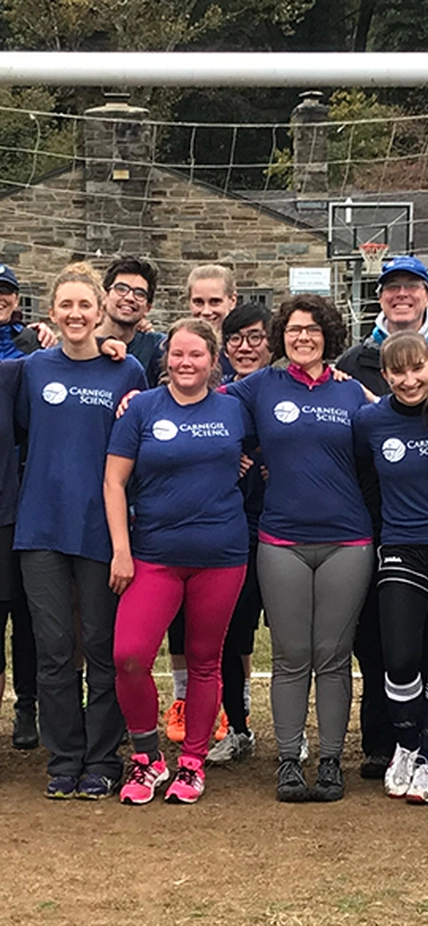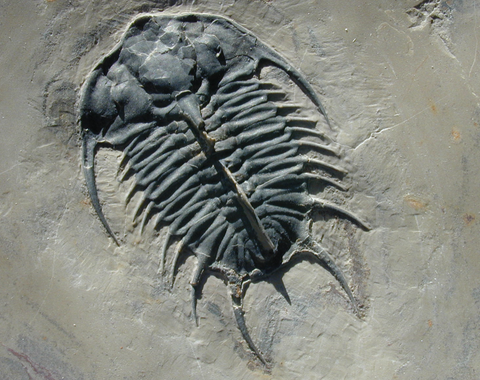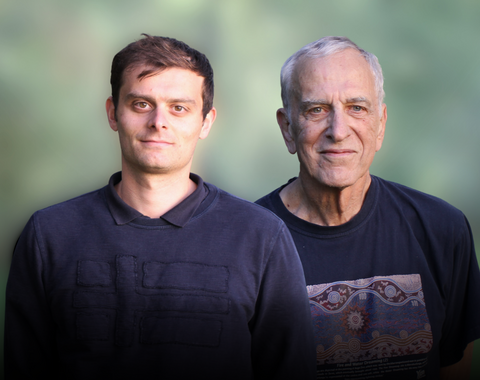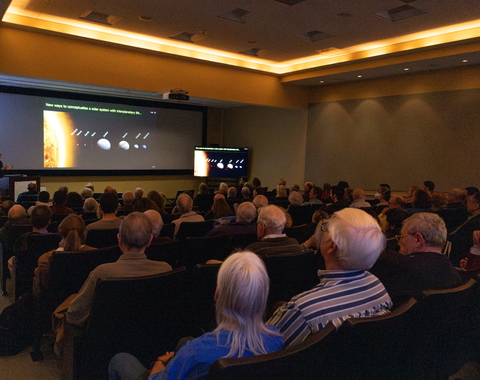Every year, scientists and staff from Carnegie Science’s Broad Branch Road campus lace up their cleats and take to the field for the World Mud Cup—a lighthearted but competitive soccer match that’s been a tradition for nearly fifty years.
It all began in 1976 with a tongue-in-cheek letter from the Geophysical Laboratory, which at the time was located fewer than two miles away on Upton Street. Naming their team the "Laboratory Pistons," they challenged the Department of Terrestrial Magnetism to the first official interdepartmental soccer match. Responding with a letter of their own—and putting post-game drinks on the line—DTM chose their team name–the "DTM Dynamos.” The rest, as they say, is history.
with this letter from the Geophysical Laboratory to the Department of Terrestrial Magnetism. At the time, the two departments were located a few miles apart.
The First “World Mud Cup”
After the two departments were co-located to the Broad Branch Road campus in 1990, the friendly rivalry heated up. The competition eventually precipitated the creation of the the Mud Cup” in 1996, as coined by Carnegie Science reporter Stony Kornblower. Kornblower, who is absolutely in no way related to Alan Boss, is also responsible for creating the physical trophy.
Kornblower reflects on the moment he constructed the cup, stating, “I found a silver-plated pitcher that my wife had picked up at a yard sale and which she did not want to keep. I inscribed "World Mud Cup" on the pitcher with a magic marker for presentation to the winning team at the next match. This has been the tradition ever since.”
Mud Cup Today
After a Dynamos win in 2019, former DTM Director Rick Carlson commented, “Though we are disappointed that the Mud Cup has not yet attracted the level of attention that it deserves by recruiters for the World Cup, perhaps because interviews with team members too quickly switch from soccer to discussions of Gruneisen parameters and exoplanet radial velocities, the level of enthusiasm and competition in the Mud Cup is a delight to watch.”
When the Geophysical Laboratory and DTM officially merged to form the Earth and Planets Laboratory (EPL) in 2020, the Mud Cup adapted once again. The teams now form along different lines, but the friendly rivalry and ties to the old divisions still hold strong.
Even during the pandemic, a virtual trivia Mud Cup kept the tradition alive. Today, whether played in the mud or online, the event remains a cherished Carnegie Science ritual—a reminder that while our scientists may study planets, rocks, and stars, they’re also united by the simple joy of a game played among friends.
Carlson added, “The camaraderie the event inspires is its best outcome."



